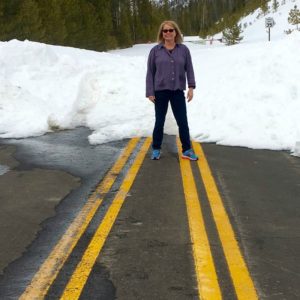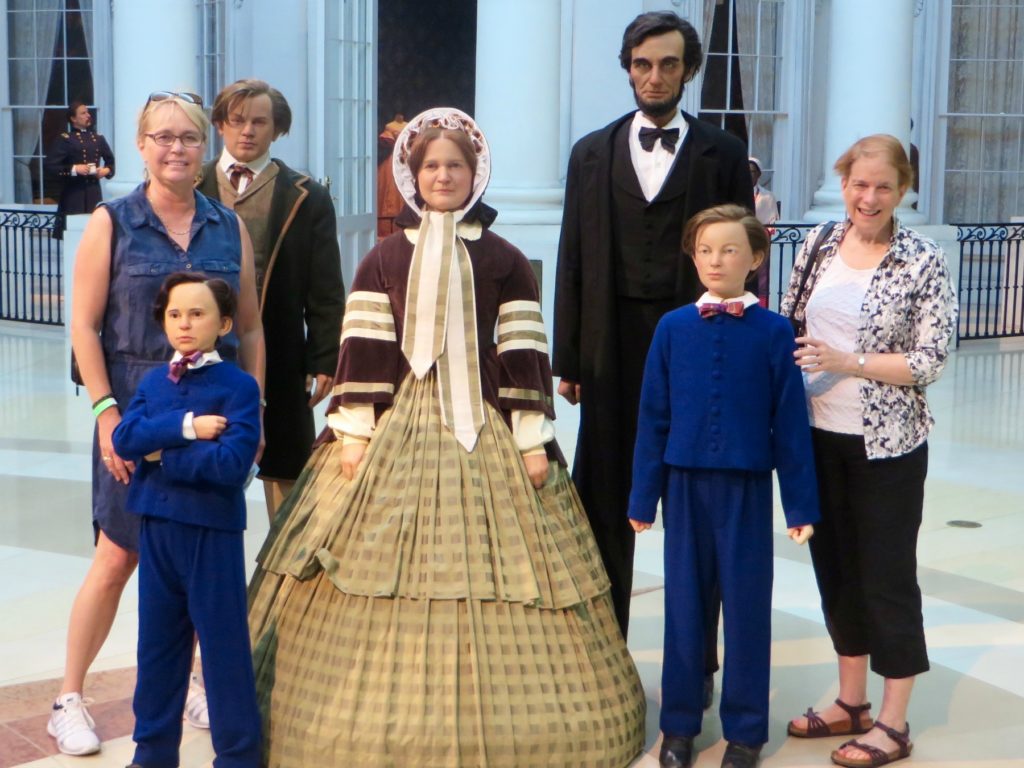 Each fall, my good friend Martha and I choose a theme to explore and then we read all we can about the topic. Then, come summer, we take a trip to further explore all that we have learned. These yearly “theme trips” provide inspiration for my writing.
Each fall, my good friend Martha and I choose a theme to explore and then we read all we can about the topic. Then, come summer, we take a trip to further explore all that we have learned. These yearly “theme trips” provide inspiration for my writing.
It began with our “12-year-old Boy Tour of England.” Martha and I made our pre-teen sons read and research, then took them to England. We did everything 12-year-old boys would want to do: torture chambers, hedge mazes, knight and castles, Jack-the-Ripper, Sherlock Holmes and Stonehenge. Those boys, now young adults, will always remember the combination of focused reading and exploring. They knew more about the places we visited than the tour guides. Young Alex said to me at the time, “It’s really better in person because it makes it real!”
Since then, Martha and I have “made it real” on our yearly theme trips. We went to New York City to explore the theme of “Immigration,” visiting the Lower East Side tenements and Ellis Island. The “Civil Rights Tour” took us on the Selma to Montgomery Trail, to a Birmingham Baptist church and to a Memphis balcony. A “Native American” theme sent us to the Wounded Knee site on the Pine Ridge Indian Reservation and to the Crazy Horse Monument in South Dakota. Over the last decade we have done many other trips- “Jane Austen” in the English countryside, “Prehistoric Peoples of the Southwest” in Colorado and New Mexico and “Abraham Lincoln” in Springfield, Illinois and Washington DC.
The trips help me to direct my reading and provide me with a thought provoking topic for the year. I start my preparations with nonfiction- reading encyclopedia articles and books, then I move on to primary source materials. My favorite part of preparing for a trip is reading any relevant adult, middle grade, and children’s fiction I can find. I focus on the way the authors integrate historical details and how they portray culture and place into their books. All this allows me to get the most out of the trip and to understand how to improve my own writing.
I’ve just returned from our “Underground Railroad” trip that we chose for our theme this year. We were inspired by a family story about one of my abolitionist Quaker ancestors who harbored freedom seekers escaping slavery. We went to the small town of Vandalia, Michigan for “Underground Railroad Days” and to Detroit’s sites that memorialize the dangerous journey from slavery to freedom. This year’s trip focused on those who helped strangers and broke the law of the land because it was the right thing to do. Michigan, as I learned, was an abolitionist hotbed and the crossroads of secret pathways that led to Canada and freedom.
It was a sobering topic. The realities of our nation’s shameful history of slavery are painful to explore indepth. I learned more about the inhumane conditions that made enslaved people risk finding a path to freedom. The people who helped them were heroic. Much of the story of the underground railroad will be forever hidden, because it was secret and dangerous. But some stories remain and are important to understanding our collective history.
When I am on one of our trips, I look for the stories that are hiding below the surface and have particular resonance for me. I note details that I could never know from just reading—the feeling of standing where a historical event took place, the details of the landscape, and the atmosphere that surrounds a place.
I never know if the topic I have learned about during the year will find a place in my writing. Sometimes, our yearly theme is just for me and satisfies my own curiosity about the world. I understand more about our world and its complexities. My compassion for others grows as a result of pursuing a deep and connected understanding of a topic. Other times, I discover a story that needs a voice and a storyteller. I try to imagine the story that will help a young person understand more about a time and place. This is when I find inspiration and focus for my writing for children.





I love that this was a research trip. Your writing is beautiful.